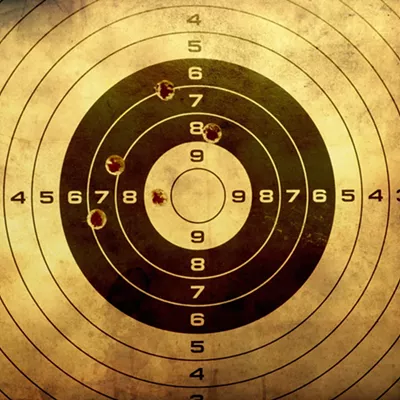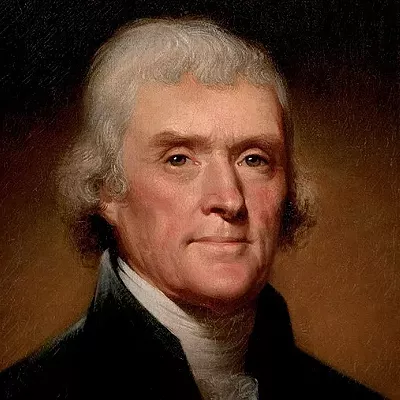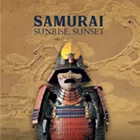Thus far in their expedition -- going on 18 months at this point -- the Corps of Discovery had not paddled with the current of a river. Previously they had to push, pull or pole against the current. Now the Clearwater current caught the canoes and forced them into 10 "danjerous" rapids. Fortunately, Clark reported only one accident: "the Canoe in which I was Struck a rock and Sprung a leak in the 3rd rapid." That night, Clark ordered the canoes unloaded, examined and mended with pine resin. And well he should have, for on Oct. 8, the Clearwater challenged the explorers with 15 more rapids. Again, only one "axident": "one canoe in which Serjt. Gass was Stearing and was nearle turning over, She Sprung a leak or Split open on one Side and [the] Bottom filled with water & amp; Sunk on the rapid, the men, Several of which Could not Swim hung on to the Canoe." Clark unloaded the other canoes and, with the assistance of Indians, got the men and equipment out of their "doleful Situation."
The event alarmed the men, but that afternoon an unexpected silver lining presented itself. When the Corps had departed their canoe camp, they looked for, but could not make contact with, Twisted Hair and Tetoharsky, the Nez Perce men who had promised to accompany the expedition down river. When it became necessary, on Oct. 8, to expose their wet equipment to the sun, Clark visited an Indian camp and located the two guides. "We took them on board," Clark explained, "after the Serimony of Smokeing."
Almost as if on cue, the following day Old Toby and his son, the reliable Shoshone guides who had traveled with the Lewis and Clark Expedition since late in August, "left us without our knowledge." Lewis and Clark were disappointed that their companions had not seen fit to allow a proper farewell. The captains urged Twisted Hair to send a horseman after Old Toby and bring him back to receive his pay and some presents, but the chief declined, explaining frankly that the Nez Perce "would take his things from him before he passed their camps."
It took a full day to dry the expedition equipment, after which the Corps resumed their westward journey on Oct. 10. About 5 pm, as the canoeists approached their 60th mile on the Clearwater, a large southerly fork about 250 yards wide came into view. They Corps had found the spot where the Clearwater joins the Snake River, at present-day Lewiston, Idaho, and Clarkston, Wash. The Snake is a twisting stream of more than one thousand miles with scores of tributaries, including the one Clark had named for his co-leader, known today as the Salmon River. Lewis and Clark would not begin truly to understand the complexity of the Snake-Salmon hydrographic system until their return to the land of the Nez Perce in May 1806.
The first camp of the Lewis and Clark Expedition in present Washington state was located about a mile from the confluence of the Clearwater and Snake rivers. Clark sensed that he had just entered the influences of a new geographic region, so that evening he penned a complimentary essay in his journal about the character, appearance and amusements of the Nez Perce Tribe. His thoughts were interrupted when a rare disagreement among the men broke out between Toussaint Charbonneau, the interpreter, and the brothers Joseph and Reuben Fields. Possibly the rift had to do with a jest about the "diet extremely bad haveing nothing but roots and dried fish to eate."
The hungriest of the men had to wait until the next day to fill their stomachs. Six miles down the Snake, the expedition stopped at a village "and took brackfast, we purchased all the fish we could and Seven dogs." Fifteen miles farther, they stopped again, this time trading for roots, five dogs and dried fish. Otherwise everyone's attention remained focused on the turbulent river. In 30 miles on Oct. 11, the canoes ran nine rapids. On Oct. 12, the explorers duplicated that feat in similarly swift water.
Next Week: The Corps of Discovery reaches the Columbia River.
Robert Carriker has directed eight National Endowment for the Humanities seminars on the Lewis and Clark expedition and is author of Ocean in View! O! the Joy. When he's not out retracing the steps of the Corps of Discovery, he teaches history at Gonzaga University.















